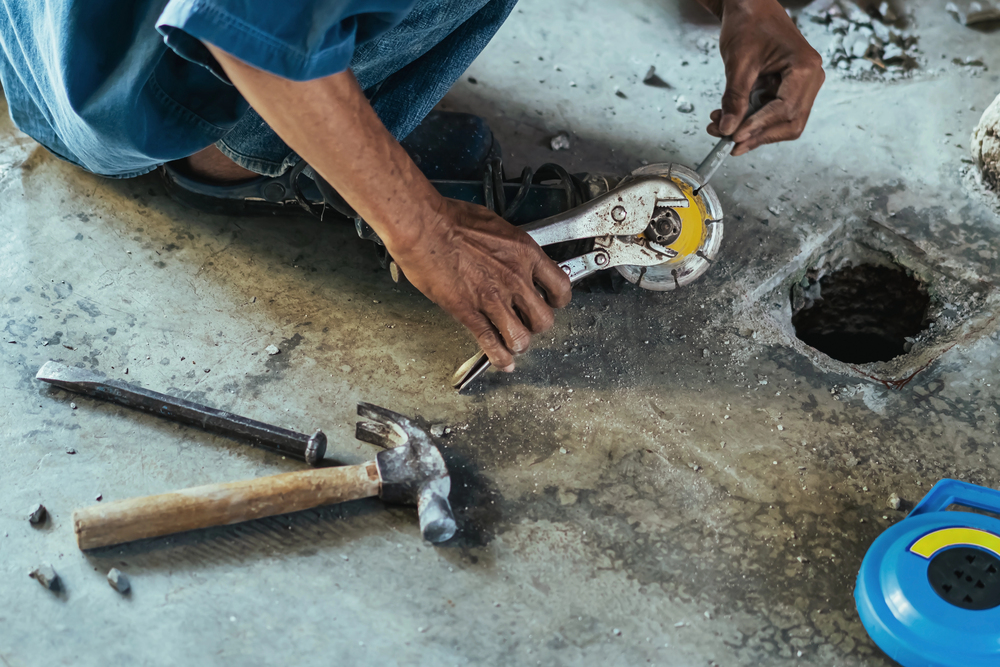
Drupal is constantly evolving, becoming better with every version. So, if a company wants to stay relevant, it must update sooner or later. However, if done improperly, a site migration can lead to the loss of organic traffic.
To keep its SEO rankings, every company must approach the migration carefully. Failing that, it’ll suffer such handicaps as broken links, URL changes, slowdowns, and ranking drops. Having the right migration strategy will help you avoid all these problems.
At Attico, we specialize in Drupal SEO services to help businesses migrate their sites without losing search visibility. In this guide, we’ll show you how to do it right.
Why Drupal Migration Is Essential (And Why It Can Be Risky)
Each fresh version of Drupal brings significant changes to the table. And thanks to the platform’s open-source nature, a new update may drop soon after the last one. So, if a company’s website uses an old version such as Drupal 7, the support of which ended in January 2025, it becomes more clunky and more exposed to risks. Moving to a new version prevents this and improves the user experience. However, moving to a new version involves certain risks if done improperly.
One of the biggest risks is the loss of organic traffic. Search engines rely on consistency, and when URLs suddenly change or pages disappear, rankings can drop. Another common issue is broken internal and external links. If the migration is done without due diligence, some links may break, leading to 404 errors. This is frustrating for users and takes a toll on the website’s SEO. Any new changes can also alter its search engine ratings and lead to indexing issues. It takes time for search engines to correct the rank of your pages, which means that post-migration monitoring is critical.
How to Migrate Without Losing SEO
Following a structured approach is essential to ensure a smooth transition while preserving your site’s SEO value.
Conduct a Pre-Migration SEO Audit
The first thing that you should do before making any changes is to conduct an SEO audit that will show the areas for improvement and point to the things that should be preserved during the website migration. Such tools as Screaming Frog, Ahrefs, or Semrush may be used for this. They will highlight the best traffic-driving pages and compile a list of indexed URLs to be retained in order not to lose anything during the site migration.
Another thing to be done during this audit is to check your website’s backlink profile and the status of its internal links. The longer your website’s lifespan is, the more backlinks it has, which correlates to its search ranking. If you lose any during a botched migration, your search rankings will plummet. Also, taking a look at the keyword rankings and metadata will allow your content’s continuous optimization after the migration is concluded. Besides, finding and dealing with any problems is far less costly before you’ve migrated.
Plan Your URL Structure and Redirects
A well-planned URL structure prevents traffic loss. If the URL structure stays the same, things will be easier. But if changes are necessary, setting up a redirect map prevents both users and search engines from being guided to the incorrect engines.
Redirects should be direct and avoid multiple hops. For example, if Page A redirects to Page B, and then Page B redirects to Page C, this causes unnecessary slowdowns. Instead, Page A should be redirected directly to Page C to maintain SEO value and ensure fast load times.
Save Site Structure and Internal Links
Search engines have already indexed your site’s structure, so making drastic changes to it during migration can be risky. If the current site structure is effective, it is best to maintain it. However, if restructuring is necessary, it should be done carefully to ensure proper redirects are in place and that the new layout follows a logical hierarchy.
Internal links are another important consideration. Ensuring that links remain functional helps both users and search engines navigate the site. If a page is moved or renamed, updating all internal links to reflect these changes prevents broken navigation and enhances user experience. Orphaned pages — pages with no internal links pointing to them — should also be avoided, as they are harder for search engines to discover.
Optimize Metadata and Content
Since the site migration requires every bit of your website to be examined, this is the perfect time to refine your metadata and content. Before launching your new website, check the title tags and meta description for uniqueness, engagement, and keyword optimization. They should include the right keywords and be compelling for the website’s potential users.
Special attention should be paid to the headings so that they are structured in a way that promotes readability. Image alt text should also be optimized, improving accessibility while reinforcing keyword targeting. If your site uses structured data, it is important to ensure that schema markup is migrated correctly, as this helps maintain rich search snippets.
Beyond technical optimizations, this is also an opportunity to refresh outdated content. Some pages may need updated statistics, improved formatting, or better keyword optimization to remain competitive in search rankings.
Test the Site Thoroughly Before the Launch
Once the site migration is done, testing should be in order. The more thorough it is, the better since it will allow you to deal with any problems in a safe and risk-free environment. A good idea is to crawl the new site using a tool like Screaming Frog to find any broken links or missing metadata. Also, redirects should be tested to check whether all the pages are mapped correctly.
Also, check the website’s speed using PageSpeed Insights to ensure nothing slows it down.
Post-Migration Steps: Monitoring & Fixing Issues
After migration, closely monitor your site for traffic drops, indexing issues, and broken links. Use analytics tools to track performance, fix errors, and ensure search engines properly recognize your new structure.
Submit a New Sitemap to Google
After launching, submitting an updated sitemap to Google Search Console ensures that search engines can quickly find and index your new pages. This step is crucial in making sure your content is properly recognized and appears in search results as soon as possible.
Monitor Traffic and Rankings
Google Analytics and Google Search Console should be monitored closely to track how organic traffic is behaving post-migration. If there is a sudden drop in traffic, this could indicate lost rankings or broken redirects that need immediate attention. Keeping an eye on keyword rankings also helps identify pages that may need further optimization.
Address Ranking Drops and Content Issues
If some pages lose rankings after a site migration, updating their content can help regain visibility. Strengthening internal linking can also improve indexation, making it easier for search engines to find and prioritize the right pages. Acquiring new backlinks can also help reinforce the authority of migrated pages.
Continue SEO Maintenance and Optimizations
SEO is not a one-time fix. Continuous monitoring, regular content updates, and fixing technical issues as they arise will keep the site optimized and performing well in search rankings over time.
Conclusion
A successful Drupal site migration is about more than just upgrading your site. It’s about preserving and growing your SEO presence. With careful planning, proper redirects, and ongoing optimization, you can transition smoothly without losing organic traffic.
At Attico, we specialize in Drupal migration services and SEO optimization, ensuring a smooth transition to the latest version without compromising your rankings. Need help with your migration? Get in touch with us.
Find a Home-Based Business to Start-Up >>> Hundreds of Business Listings.















































